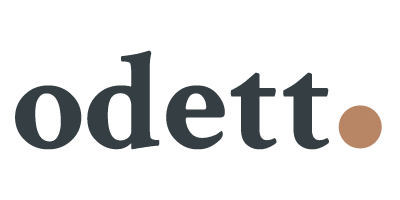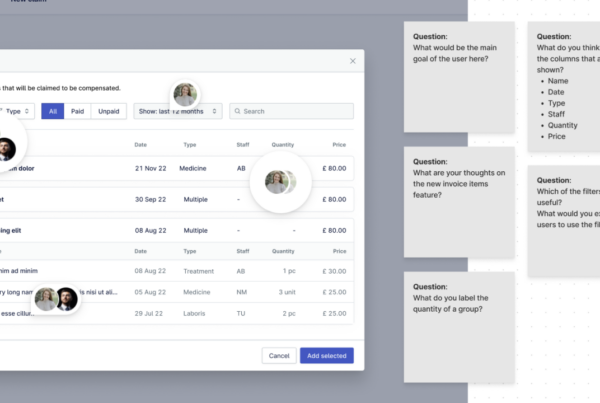There are many different explanations of what UX research is. Some say we’re a type of investigator, of the user, and of the context. Others call it the practice of studying user interactions. What most of those have in common is that it is an investigative method to add context and insights to the design process. Findings from UX research can help the design of people-first products and experiences.
UX Research isn’t a field on its own. We use methods from scientific research, behavioral studies, market research, and more to help us in our quest for context and insights. However, there are a few types of research that are often used.
UX Research, sometimes also referred to as Design research has the same goal. To inform the design process based on the perspectives of the user. Designers often design the things they like, that they think look good, but this is biased and based on one user, often not even the end-user. The purpose of UX research is to focus on the end-user. To learn who they are, in what context they will use the product, and what they need.
The components
UX Research isn’t just one thing you do. It consists of two parts that are crucial to gaining the right insights. Gathering data and synthesizing that data in order to improve the usability of your design.
Gathering & Data
There are many ways to gather data. At the start of a project, you would interview stakeholders, to learn about the project requirements, needs, and wants. And the same goes for the user of your potential product. One of the best methods for this is interviews as they provide you with qualitative data that can be synthesized into project and design requirements. Other useful methods are surveys, observations, reviewing existing literature, data, or analytics.

At the beginning of a project, not all of these methods are needed. Not all of these methods of gathering data are needed at the beginning of the project, it depends on what you’re looking for. If you’re looking for a number of potential users, you should do market research. Are you looking at what your target audience is currently using, then competitor research could come into play. If you want to learn about what your users are currently doing in their day-to-day or with competitor products a diary study could work. Think about what data you are trying to gather and then choose the right method for it.
Later in a project, you would want to gather data on the usability and experience of the product. This means that other ways of gathering data become more useful. Useful methods of gathering data in this stage are A/B tests, interviewing users about the process and usage, and testing assumptions. Again, there are various methods to do this with, both for face-to-face and remote research.
Synthesizing data
Throughout the design process the focus of gathering data shifts into synthesizing the data. The data that you’ve collected needs to become clear to other members of your design team. In quantitative research, you will be looking at the numerical data from tools such as surveys and google analytics. The questions you might answer are:
How many users left this page? How many users clicked the call-to-action? What percentage of users continue to make a purchase?
Quantitative data looks at understanding the statistical data of what is happening with your product.
In qualitative research, where you’re looking for emotions, behavior, and experiences, you’re synthesizing focuses on a different set of questions. Such as,
Why are people hovering on this button before clicking? Why didn’t people see the call-to-action? Why are people disssatisfied with their product experience?
With qualitative data, we learn why the user is performing certain actions.
Conclusion
In UX research, you have an investigative unbiased outlook toward the product or service you are researching. Whether that’s in the beginning of your design process or later on. As a UX researcher, you have a toolset of various design and research methods. These can be used to uncover valuable data on your user. This in turn should be used to drive design decisions to make sure the product is designed for the end user.




